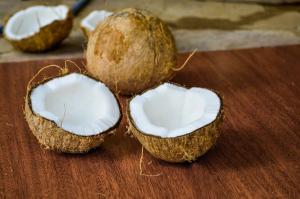How Waste Water Treatment Plants Work
Wastewater treatment plants are essential to ensure that water is safe to use and consume before releasing it back into the environment. The process typically involves several stages to remove impurities from the water.
Primary Treatment
The first stage is called primary treatment, which is designed to remove solid particles and organic materials via physical processes such as settling and screening. Wastewater is sent into large tanks or clarifiers, allowing larger particles to sink to the bottom while oil and grease float to the top. The remaining liquid flows into the next stage of the treatment process.
Secondary Treatment
The second stage is where most of the treatment takes place. It involves biological processes that use microorganisms to remove remaining organic matter and nutrients in the water. The microorganisms are cultivated in aeration tanks, where they consume the organic matter and convert it into carbon dioxide and water. After the microorganisms do their job, the water is sent to secondary clarifiers, where remaining particles and microbes settle to the bottom before the water is taken to the next stage.
Tertiary Treatment
The third stage is known as tertiary treatment, which is designed to polish the water before it is discharged into the environment. The process often involves filtration through sand or carbon, which removes any remaining particles, bacteria, and viruses. Some treatment facilities may also use disinfectants such as chlorine to kill any remaining bacteria before releasing the water.
Sludge Treatment
Throughout the process, wastewater treatment plants generate a large amount of waste material, also known as sludge. Sludge is primarily comprised of the organic and solid materials removed from the water during primary and secondary treatment. Treatment facilities will often subject the sludge to additional processing to produce by-products such as biosolids that are safe for use in agriculture and other industries.
Conclusion
While the treatment process can vary depending on the specific plant and the region, wastewater treatment is critical in maintaining safe and healthy water resources. By treating wastewater and removing impurities, we can safely return water to our environment and continue to sustainably use this finite resource for generations to come.

 how many times do yo...
how many times do yo... how many planted tre...
how many planted tre... how many pine trees ...
how many pine trees ... how many pecan trees...
how many pecan trees... how many plants comp...
how many plants comp... how many plants can ...
how many plants can ... how many plants and ...
how many plants and ... how many pepper plan...
how many pepper plan...






























